Christmas in USA
The winter season in America has something festive for everyone, with the Christmas holiday on Dec. 25 and New Year’s on Jan. 1 having the most popular celebrations. Other festivities include the Jewish Chanukkah, African-American Kwanzaa, and Chinese and Vietnamese New Year’s.
Members of the library’s Talk Lab English Club learned about American styles of some of these celebrations at the meeting on Sunday, Dec. 18, and practiced some Christmas-related vocabulary as well. There were 23 participants, and this was the Talk Lab session of 2011. (Please call the library’s Foreign Language Department at xxxxxx for information about future Talk Lab meetings.)
The Dec. 18 presentation included photos of some typical – and not so typical – holiday scenes, including home and street decorations, a family opening gifts on a Christmas morning, parades with Santa Claus, as well as parades of boats and of cowboys. Members also enjoyed a word and idiom game, Christmas songs and learning some facts about Christmas in America.
Most of the holiday vocabulary derived from the famous poem,“’Twas the Night Before Christmas. The following lines of the poem contains some examples of the words, noted in bold type. The words and definitions come after these lines:
’Twas the night before Christmas, when all through the house
Not a creature was stirring, not even a mouse;
The stockings were hung by the chimney with care,
In hopes that St. Nicholas soon would be there;
The children were nestled all snug in their beds,
While visions of sugar plums danced in their heads,
And Mama in her ’kerchief, and I in my cap,
Had just settled our brains for a long winter’s nap –
When out on the lawn there arose such a clatter,
I sprang from my bed to see what was the matter,
Away to the window I flew like a flash,
Tore open the shutters, and threw up the sash.
~ ’Twas: abbreviation for the words it was.
~ Nestled: pleasantly situatuated, like a bird or small animal in a nest.
~ Snug: warmly comfortable.
~ Sugar plums: candy made from dried fruit, often with sugar, honey, spices and chopped nuts.
~ ’kerchief: abbreviation for handkerchief, but also a woman’s square scarf worn as a head covering.
~ Nap: sleep for a short time.
~ Clatter: Ratting noise, especially with hard objects striking each other.
~ Shutters: movable covers for windows located on the exterior of a house.
~ Sash: frame for a window or door.
Christmas in America has been a legal federal holiday since 1870. The image of Santa Claus has evolved over the years, in large part because of pictures created by artists and cartoonists, especially for commerical advertisements.
In 2010, Americans spent $451.5 billion on Christmas, including $15.8 billion on holiday decorations. But Americans also donated $260 billion to charities. In fact, 87 percent of Americans said they gave money to charity and 62 percent volunteered their time to help charities and other nonprofit organizations.
The breakdown for giving Christmas gifts included $451 per person spent on gifts for other family members, $100 on gifts to oneself, $86 on friends, $22 on coworkers, $45 on teachers and people like priests and babysitters, and $31 on holiday greeting cards and postage stamps. Popular gifts include books, CDs, DVDs, videos and games, and clothes.
In addition to the Christmas holiday, the month of December also sees the Jewish Chanukkah celebration, which commemorates victory in a war for Israeli religious and national freedom more than 2,000 years ago. The holiday lasts for eight days, this year from Dec. 20 through Dec. 28.
A more recent celebration is that of Kwanzaa, which was created in 1966 to encourage African-Americans to learn more about African culture and traditions. This is not a religious holiday but modeled after a harvest celebration. It also encourages personal and family values such as unity, self-determination, purpose, creativity and faith. Many African-Americans celebrate the Christian Christmas as well as Kwanzaa, which begins on Dec. 26 and continues to Jan. 1.
Most of America also celebrates New Year’s Eve, on Dec. 31, as well as the federal holiday of New Year’s Day, on Jan. 1. Times Square in New York City is the scene for one of the most popular New Year’s celebrations, with about 1 million people joining together there every New Year’s Eve for a huge public party.
America, as a nation of immigrants, also welcomes other holiday traditions. For example, many Americans of Asian ancestry celebrate Chinese and Vietnamese New Year’s. In 2012, this festivity will be on Jan. 23.
No matter what religious, national or ethnic tradition is observed in your family, we wish you a happy holiday season and a wonderful, prosperous, safe and healthy new year in 2012! More photos.
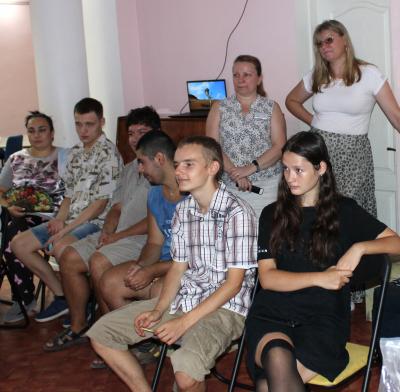
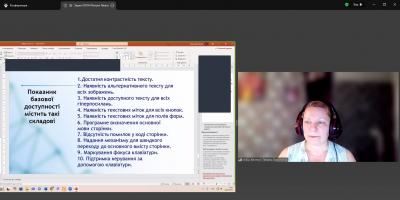
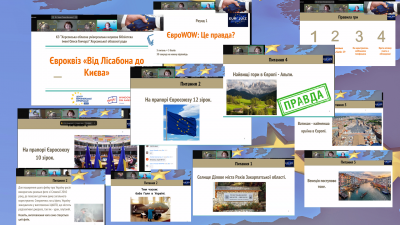

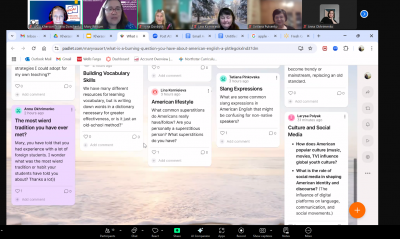

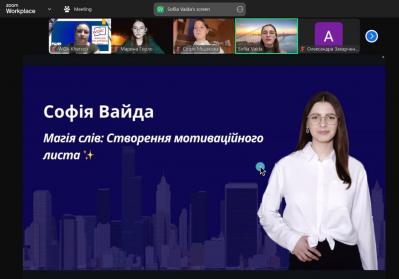
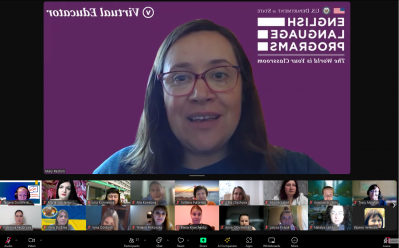
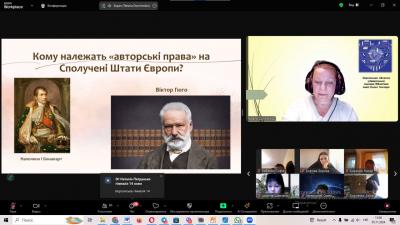


Comments